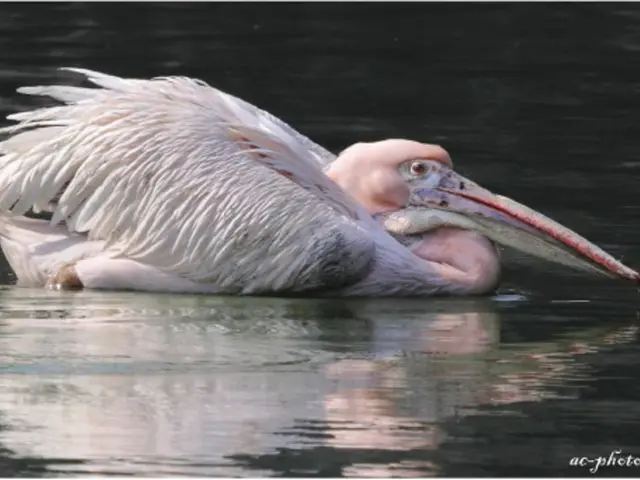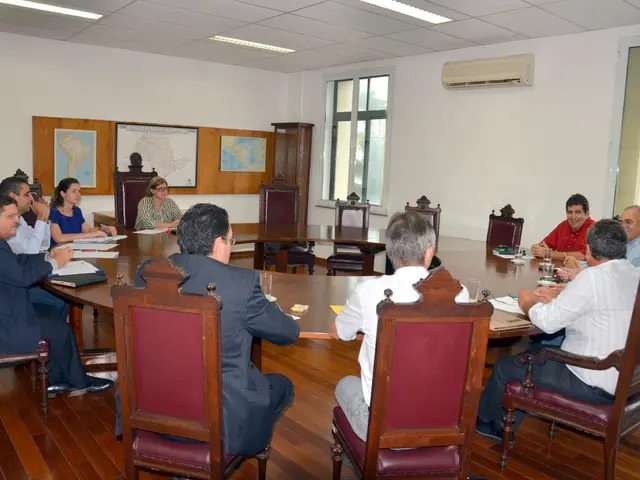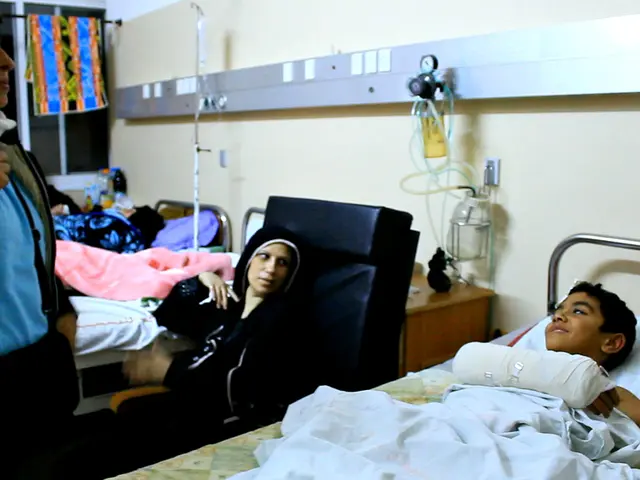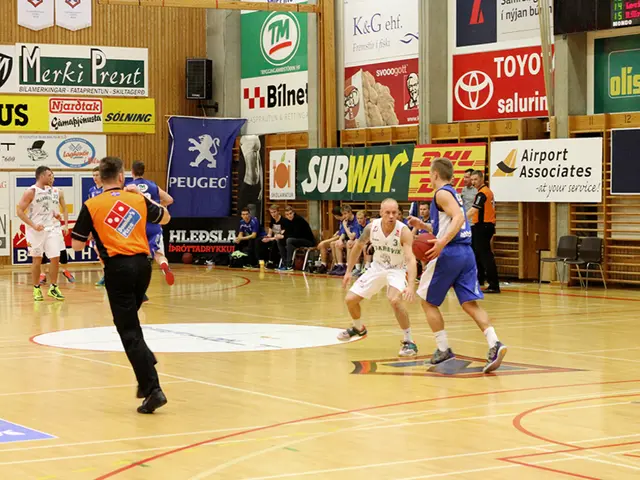Unable to Procure Sufficient Troops for the Alleged Conflict in Ukraine, Europe Faces Military Shortage
Europe Stumbled on Forming a 25K Troop Contingent for Hypothetical Ukraine Mission
According to The Times, European countries are grappling with the challenge of putting together a 25,000-strong force for a potential mission in Ukraine. The initial goal was a whopping 64,000 troops, but that number quickly became a pipe dream.
Here's the catch—it's not just about sending troops; they also need to be rotated. To sustain this rotation, we're talking about the need for at least 256,000 personnel for troops to serve for two years. Europe's current military manpower simply can't come close to meeting these numbers, as our March analysis on the state of the British armed forces revealed.
Initially, the job was to be handled by the Poles, who were to lead the ground contingent under the command of the British, French, and Germans. However, the idea of being seen as "cannon fodder" didn't sit well with the Poles.
Countries like Spain, Italy, Finland, and Estonia are also steering clear, despite their politicians' heated rhetoric about Russia and the need to provide military aid to Ukraine.
All this reaffirms that with the European armies' current state, discussions about multinational ground missions are nothing more than political posturing. And as time goes on, the disconnect between the aspirations and realities of Eurocrats becomes all the more evident.
⭐️@rybar
*Support us***
European countries are grappling with the challenge of assembling a 25,000-strong force for a potential mission in Ukraine, as per recent reports. Personnel and funding shortages across Europe hinder troop mobilization. For instance, the UK's proposed 64,000-strong force was deemed unrealistic, with allies struggling to commit to a reduced 25,000 target.
Strategic disagreements also play a role. Some nations, such as the UK and France, favor sending instructors and training units to western Ukraine instead of a full multinational ground force. Additionally, debates persist over positioning troops near front lines (to protect critical infrastructure and deter Belarusian/Russian advances) versus safer rear areas, impacting risk assessments.
Political reluctance is another hurdle. Poland, Spain, and Italy have outright refused to contribute soldiers, while Estonia and Finland express concerns about weakening their own defenses.
Logistically, deploying even 20,000–30,000 troops across Ukraine’s 1,000-km theater would strain existing logistics networks. The coalition's focus on air and naval support, areas where Ukraine lacks expertise, further highlights the mismatch between European capabilities and mission requirements.
All in all, these factors contribute to the challenge of assembling even a 25,000-strong force, making it more a "stimulus for joint work" rather than an immediate reality.
Statements regarding a 25,000 troop contingent for Ukraine from European countries are met with challenges, particularly due to personnel and funding shortages. The originally proposed 64,000-strong force was deemed unrealistic, with allies struggling to reach the reduced target.
The UK and France favor sending instructors and training units to western Ukraine, contrasting with the need for a full multinational ground force. There are strategic disagreements on troop placement, with debates over positioning troops near front lines versus safer rear areas.
Political reluctance also emerges as a hurdle, with Poland, Spain, and Italy refusing to contribute soldiers. Estonia and Finland express concerns about weakening their own defenses.
The logistics of deploying even a smaller force across Ukraine's vast theater would strain existing logistics networks, further underscoring the mismatch between European capabilities and mission requirements.








